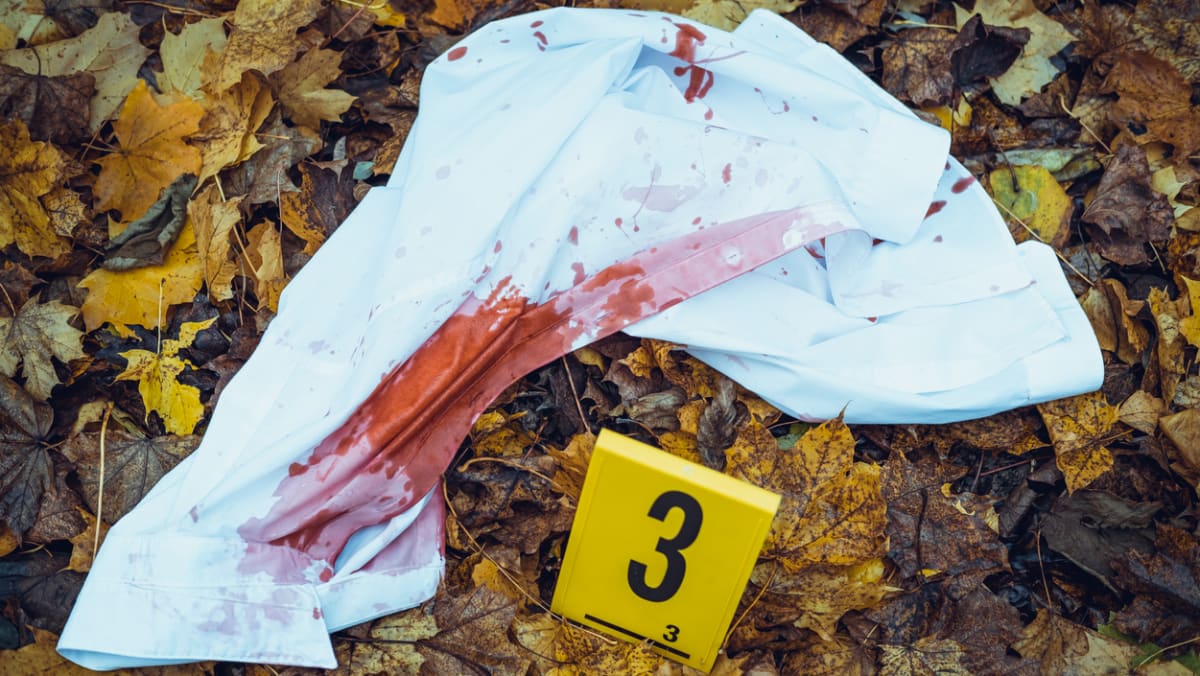Commentary: Size matters when it comes to Singapore’s DNA database
CLEARING THE INNOCENT
Through the DNA database, police will also be able to determine if the sample found at the crime scene belongs to an individual, which is especially useful in investigating crimes with very few leads.
Individuals can be eliminated quickly from the suspect pool if there is a non-match.
This was highlighted in the UK in 1986 in the world’s first use of DNA evidence in a courtroom.
At the time, Richard Buckland, a teenager with learning difficulties, confessed to a rape-murder. However, DNA collected from him did not match the specimen from the crime scene, and he was exonerated.
Consequently, a DNA database was built from the residents of the neighbourhood to find the suspect. Thousands of samples and months later, no matches were found. Then one day, a man was overheard saying he had taken the DNA test for his co-worker. The real culprit, Colin Pitchfork, was later arrested and sentenced to life in 1988.
Beyond criminal cases, DNA can be useful in identifying victims.
In 2013, a female body was recovered from Whampoa River without her head and hands. Without fingerprints and identifying characteristics, the authorities relied on DNA to identify the victim.
In another case, DNA testing revealed that a skull found in the Punggol area likely belonged to Felicia Teo, who went missing in 2007. On Oct 14, Ahmad Danial Mohamed Rafa’ee – who was originally charged with her murder – was sentenced to 26 months’ jail for dumping her body.
Source By https://www.channelnewsasia.com/commentary/dna-expansion-collection-police-solve-crime-3024091



